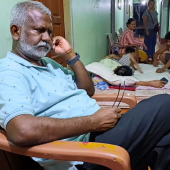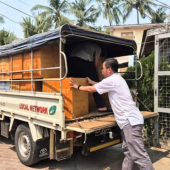Franciscan Sisters complete 100 years of relentless service in Myanmar
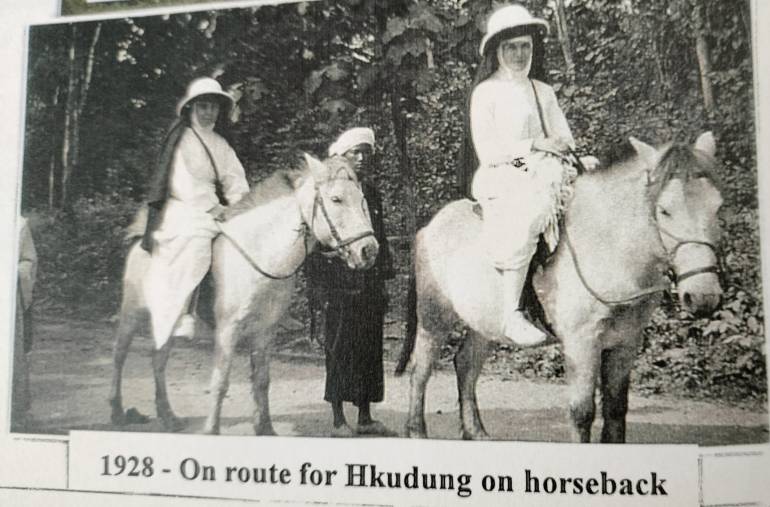
In 1819, the Franciscan Missionaries of Mary set foot on Myanmar soil at the request of Father John Wehinger, MEP, to care for the lepers of Mandalay.
Father Gilhodes, MEP who was in Prang Hkudung, who had a primary school saw the urgent need for a group of sisters who would help in school and in health care, livelihood, etc.
He requested the Franciscan Missionaries of Mary and the request was granted. The FMM sisters arrived on February 11, 1923, after a long and tiring journey from Mandalay.
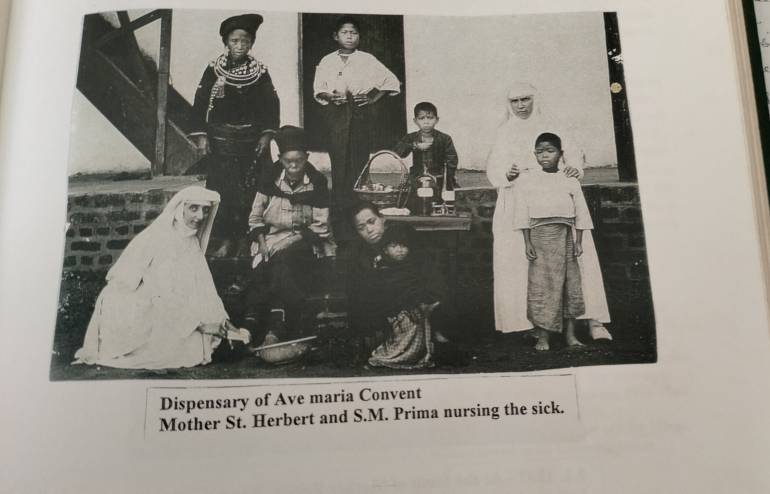
The sisters served as teachers in school and soon opened a dispensary as diseases were rampant in the area with no hospital around. The diseases at that time were malaria, dysentery, black water and others. The sisters worked hard and could save many lives, even though there was no doctor.
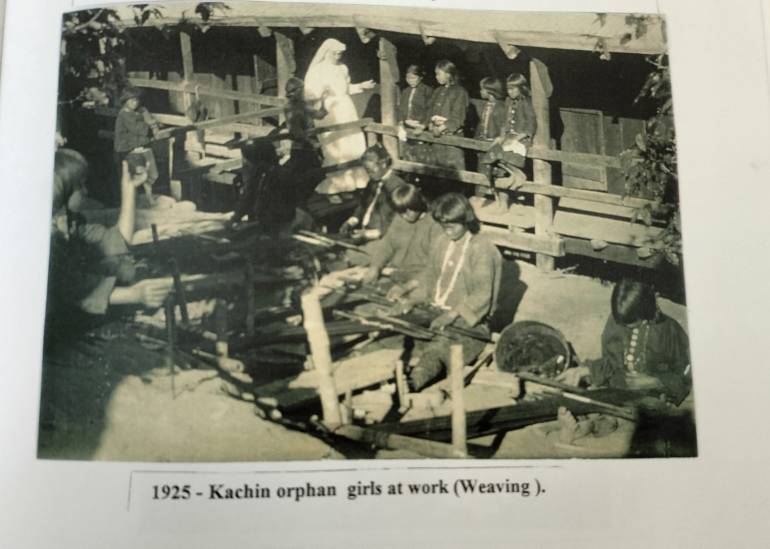
Thereafter, the sisters opeedn an orphanage for 300 children, a weaving center for young girls, etc. Their works were numerous.
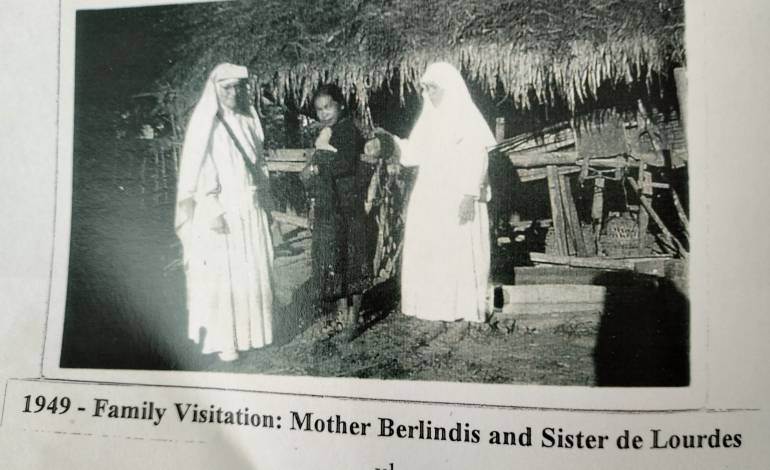
One local Kachin girl, Sister de Lourdes, joined the FMM sisters. Her parents did not agree with her intention to be a nun, but Sister de Lourdes did not give up. And she could join the Franciscan.
The poverty and misery were terrible for the FMM missionary sisters.
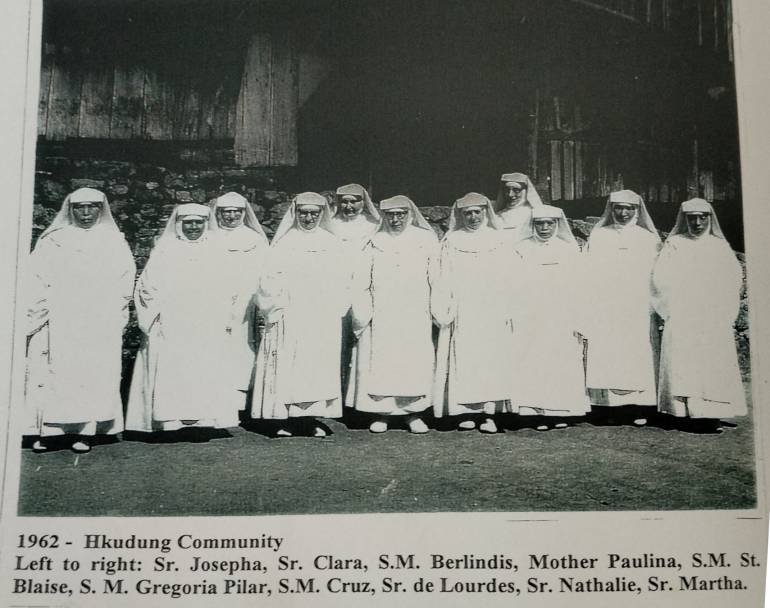
The sisters visited the surrounding villages on foot or on horseback. The work was tiring indeed, yet they were happy to fulfill their mission.
The first-comer, Sister Perpetual died of disease. With her, there were five sisters who gave their lives there in Prang Hkudung Parish.
During World War II, all the missionaries were arrested and detained at Banmaw and Mandalay prisons in 1942.
After WWII, everything began again. Mother Francisca and four others resumed the work in Hkudung with Father J. Kalleher, Columban priest as parish priest.
Again, they continued the missionary work. Mother Francisca died in less than a year after her arrival. It was a big shock and a great loss for the mission.
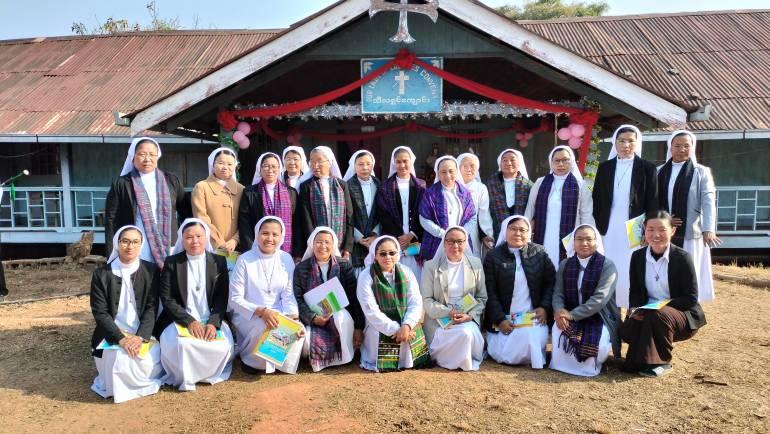
Slowly, the local FMM sisters took up the job, continuing the same mission after all the foreign missionaries were expelled in 1966.
During the Civil War of 1962-63, the sisters had to leave with hardship and inconvenience.
Again in 2011, the FMM sisters were forced to move with sadness and pain to Nhkawng Pa with the people as Internally Displaced Persons (IDPs) because they could no longer stay in Prang Hkudung due to the civil war.
During this time of chaos, the FMM sisters tried to visit the houses from time to time despite many difficulties.
The FMM sisters marked their service of 100 years in Prang Hkudung Parish amid the hardships and difficulties of poverty, sickness with poor healthcare and the unsecured situations due to the civil war.
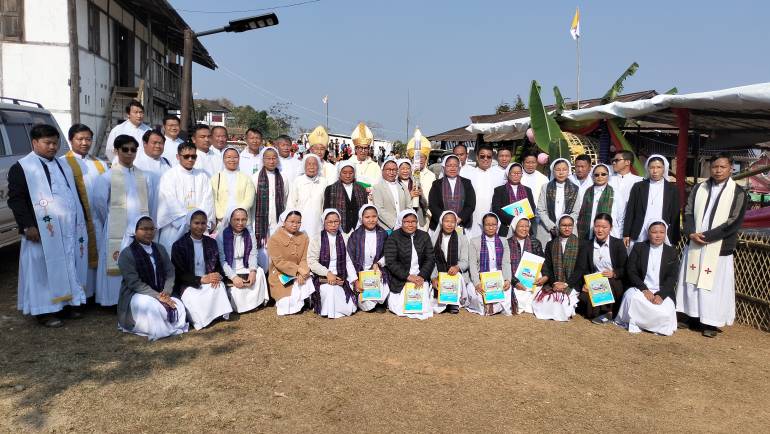
Sisters of Franciscan Missionaries of Mary (FMM) in Myanmar celebrated the centenary Jubilee of their arrival in Prang Hkudung Parish, Banmaw Diocese, Myanmar, on February 11.
Despite many hardships and hindrances, Bishop Raymond Sumlut Gam of Banmaw Diocese, Emeritus Bishop Philip Lasap Za Hawng of Lashio Diocese, Emeritus Bishop Francis Daw Tang of Myitkyina Diocese, 19 priests, around 30 religious and over 1500 faithful celebrated the Thanksgiving Centenary Jubilee Mass at the Immaculate Conception Church in Prang Hkudung Parish, Banmaw Diocese, Myanmar.
Prang Hkudung Parish is located East of Banmaw Diocese, Kachin State, North of Myanmar.
Radio Veritas Asia (RVA), a media platform of the Catholic Church, aims to share Christ. RVA started in 1969 as a continental Catholic radio station to serve Asian countries in their respective local language, thus earning the tag “the Voice of Asian Christianity.” Responding to the emerging context, RVA embraced media platforms to connect with the global Asian audience via its 21 language websites and various social media platforms.









